What Is Asbestos? Dangers, Uses, and How to Stay Safe
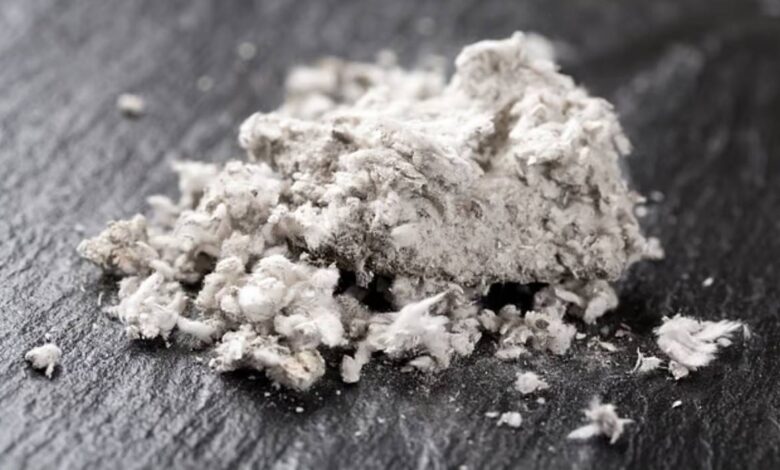
Asbestos is a naturally occurring mineral that was once widely celebrated for its strength, flexibility, and resistance to heat, fire, and chemicals. It consists of thin, durable fibers that can be woven into materials or mixed with cement to create building components that are strong yet lightweight. Because of these characteristics, asbestos became a staple in industries such as construction, shipbuilding, automotive manufacturing, and insulation production. However, beneath its industrial usefulness lies a serious threat to human health. The same properties that made so valuable also make it deadly when its fibers become airborne and inhaled. When these tiny fibers enter the lungs, they can remain there for years, causing inflammation, scarring, and life-threatening diseases.
The History and Widespread Use of Asbestos
The history of asbestos dates back thousands of years, with ancient civilizations such as the Greeks and Romans using it in textiles, pottery, and even funeral shrouds. However, the modern use of began during the Industrial Revolution when industries needed durable materials to withstand high temperatures. By the early twentieth century, was everywhere—in building insulation, roofing materials, brake pads, and even household items like toasters and hair dryers. It was seen as a wonder material that could make homes safer from fire hazards and improve the longevity of industrial products. Unfortunately, its dangers were not widely known until decades later. By the time the health risks were publicized, millions of people had already been exposed.
Types of Asbestos and Their Characteristics
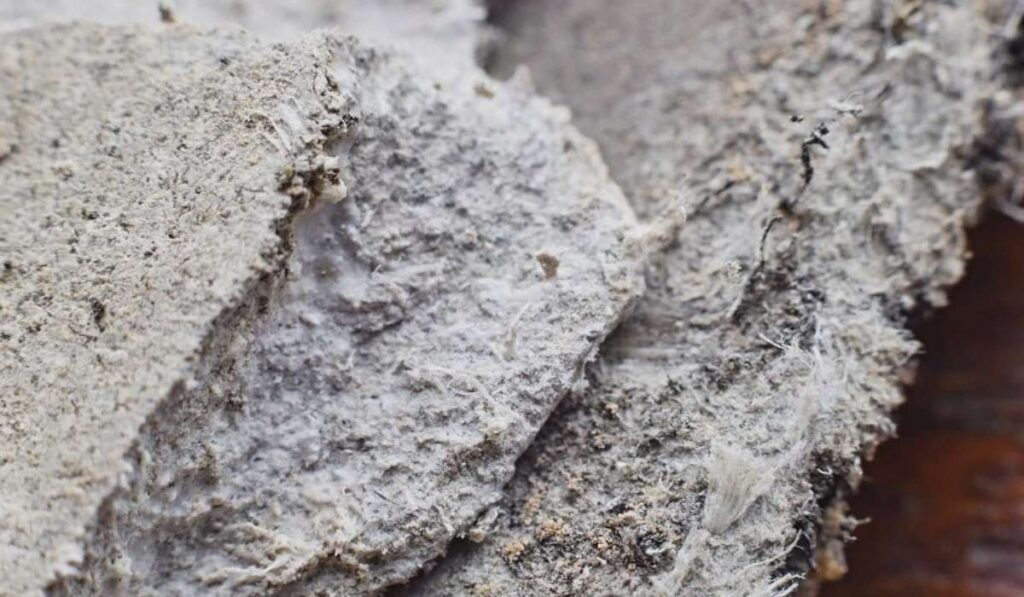
Asbestos is not a single material but rather a group of six naturally occurring silicate minerals that share similar fibrous properties. These include chrysotile (white), amosite (brown asbestos), crocidolite (blue), tremolite, anthophyllite, and actinolite. Among them, chrysotile is the most commonly used type and was once found in most commercial products. Blue and brown are considered the most hazardous because their fibers are particularly sharp and more likely to lodge deeply in lung tissue. All types, however, pose significant health risks when their fibers are released into the air and inhaled. The mineral’s resistance to heat and corrosion makes it difficult to destroy, which is why contamination can persist for decades if not properly removed.
The Dangers of Asbestos Exposure
Asbestos exposure occurs when its fibers become airborne and are breathed in. Once inside the body, the fibers can become trapped in the lungs, pleura, or even the abdominal lining, leading to chronic inflammation and scarring. Over time, this damage can result in serious diseases such as, lung cancer, and mesothelioma—a rare and aggressive cancer that affects the lining of the lungs or abdomen. One of the most concerning aspects of exposure is that symptoms often take decades to appear. People who worked with in the 1970s or 1980s may only now begin to experience breathing difficulties, chest pain, or fatigue.
Where Asbestos Can Be Found
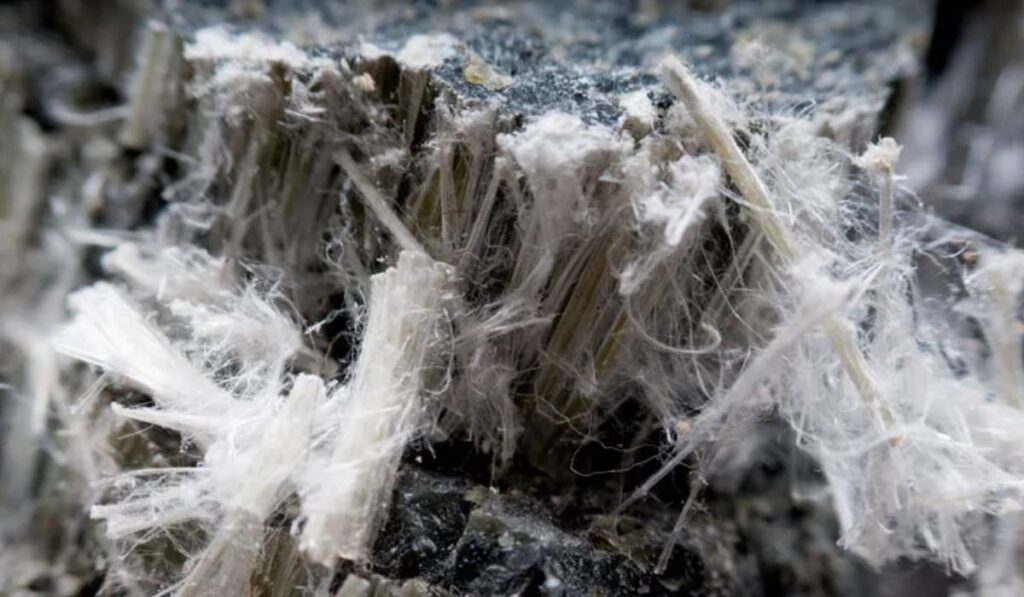
Although asbestos use has declined significantly in recent decades, it can still be found in many older buildings and products. Homes, schools, and offices built before the 1990s may contain in insulation, ceiling tiles, floor coverings, roofing materials, or wallboards. It is also present in some older plumbing and electrical systems. was commonly used in cement products, brake linings, and gaskets, meaning workers in construction, auto repair, and manufacturing industries are at higher risk of exposure. When these materials deteriorate, get disturbed during renovations, or are improperly handled, asbestos fibers can be released into the air. Therefore, identifying and managing-containing materials in older structures is crucial for public safety.
Health Effects of Asbestos Exposure
The health effects of asbestos are devastating and often irreversible. Prolonged exposure can lead to, a chronic lung condition characterized by scarring of lung tissue. This scarring makes it difficult for the lungs to expand fully, leading to shortness of breath and reduced oxygen levels. Lung cancer caused by exposure tends to develop more frequently in smokers, creating a deadly combination. However, mesothelioma remains the most feared disease linked to. It can affect the pleura, peritoneum, or pericardium, depending on where fibers accumulate. Unfortunately, mesothelioma has an extremely poor prognosis because it is often diagnosed in its advanced stages. In addition to respiratory illnesses, exposure has been associated with other cancers of the larynx, ovaries, and gastrointestinal tract.
Asbestos Regulations and Bans
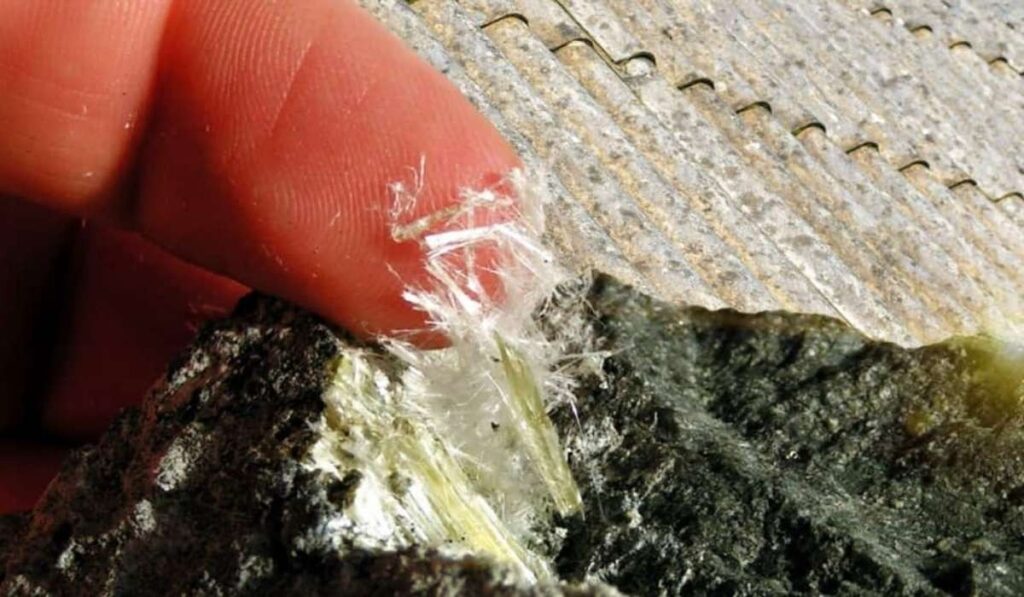
As awareness of asbestos dangers grew, many countries began enacting regulations to limit or ban its use. The first major restrictions appeared in the 1970s and 1980s, following research that clearly linked to cancer and other illnesses. In the United States, the Environmental Protection Agency (EPA) and Occupational Safety and Health Administration (OSHA) implemented rules to control handling and exposure in workplaces. Some countries, such as the United Kingdom, Canada, and Australia, have imposed complete bans on all forms of. However, not all nations have done the same, and mining and export still occur in certain parts of the world. Despite strict regulations, remains a problem due to its presence in older buildings.
How to Stay Safe from Asbestos
Protecting yourself from asbestos exposure requires awareness and preventive measures. If you live or work in an older building, never attempt to remove or disturb materials that might contain. Professional inspectors can test for its presence and determine whether removal is necessary. If-containing materials are intact and undamaged, they may be left in place but should be monitored regularly. When removal is required, only certified professionals should perform the task using specialized equipment and protective gear to prevent fiber release. Workers who are regularly exposed to should follow strict safety protocols, including wearing respirators, disposable clothing, and undergoing routine health screenings. Public awareness campaigns and proper training are also vital in reducing exposure risks.
Modern Alternatives to Asbestos
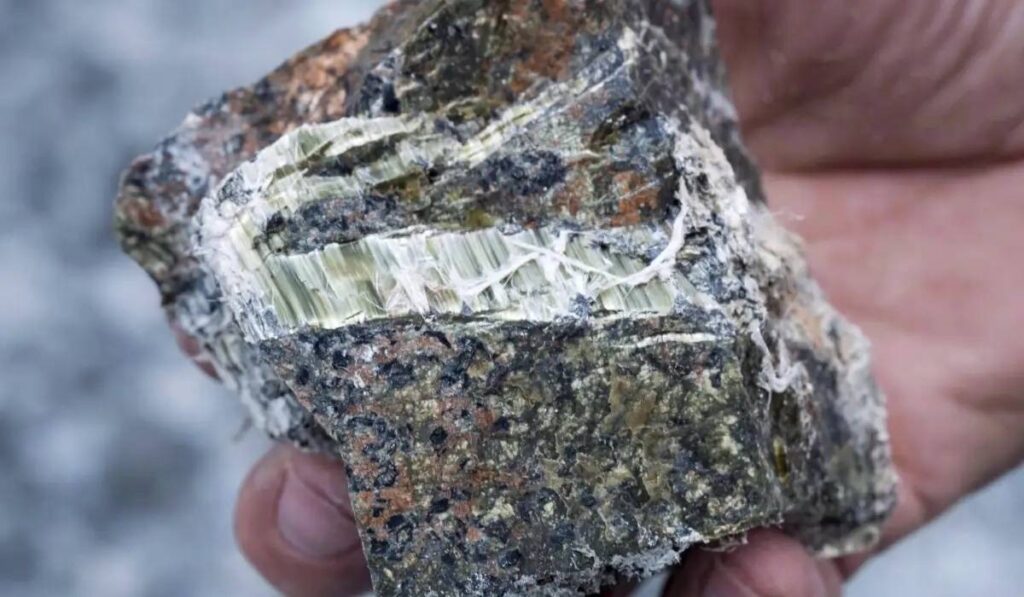
With the decline of asbestos use, many safer alternatives have been developed to perform similar functions without posing health hazards. Materials such as fiberglass, cellulose fiber, polyurethane foam, and mineral wool are now commonly used for insulation and fireproofing. These substitutes provide comparable durability and heat resistance while being much safer to handle. Advances in material science have also led to the creation of ceramic fibers and thermoplastic composites that can replace in industrial applications. As technology continues to evolve, the reliance on has decreased significantly, though managing the remnants of past use remains a major challenge.
The Future of Asbestos Awareness and Management
Even though asbestos is no longer used as widely as it once was, its legacy persists. Many public health organizations continue to advocate for stricter global bans and better management programs. Education and awareness are key in preventing future exposure. People need to understand where might still exist and how to respond safely if they encounter it. Environmental cleanup projects and safe demolition practices are essential in reducing the long-term risks posed by-containing materials. As more people become aware of the dangers, society can move closer to eradicating the health threats caused by this once-popular but hazardous material.
Final Thoughts on Asbestos Safety
Asbestos is a stark reminder that not all industrial innovations come without consequences. Its strength, fire resistance, and versatility made it invaluable for decades, but the health costs have been immense. Today, the focus must be on vigilance, safe removal, and replacing with safer materials. Awareness campaigns and strict enforcement of safety regulations can help prevent future generations from suffering the same health consequences. Whether you are a homeowner, worker, or policymaker, understanding the dangers of and taking proper precautions is essential for ensuring long-term health and safety.
Frequently Asked Questions
1. What is asbestos made of?
- Asbestos is made up of naturally occurring silicate minerals that form thin, flexible fibers. These fibers are highly durable, resistant to heat, and were once widely used in industrial and construction materials.
2. How does asbestos exposure cause disease?
- When asbestos fibers are inhaled or ingested, they can lodge in the lungs or other tissues. Over time, this leads to inflammation, scarring, and the development of serious illnesses such as asbestosis, lung cancer, and mesothelioma.
3. Where can asbestos still be found today?
- Asbestos can still be found in many older buildings, particularly in insulation, roofing, ceiling tiles, and floor materials. It may also exist in older automotive and industrial products.
4. Can asbestos be safely removed by homeowners?
- It is strongly advised that homeowners do not attempt to remove asbestos themselves. Only licensed professionals with specialized training and equipment should handle or dispose of asbestos materials safely.
5. What are safer alternatives to asbestos?
- Modern alternatives include fiberglass, mineral wool, cellulose fiber, and ceramic fiber. These materials offer similar benefits in insulation and fire resistance without posing serious health risks.





